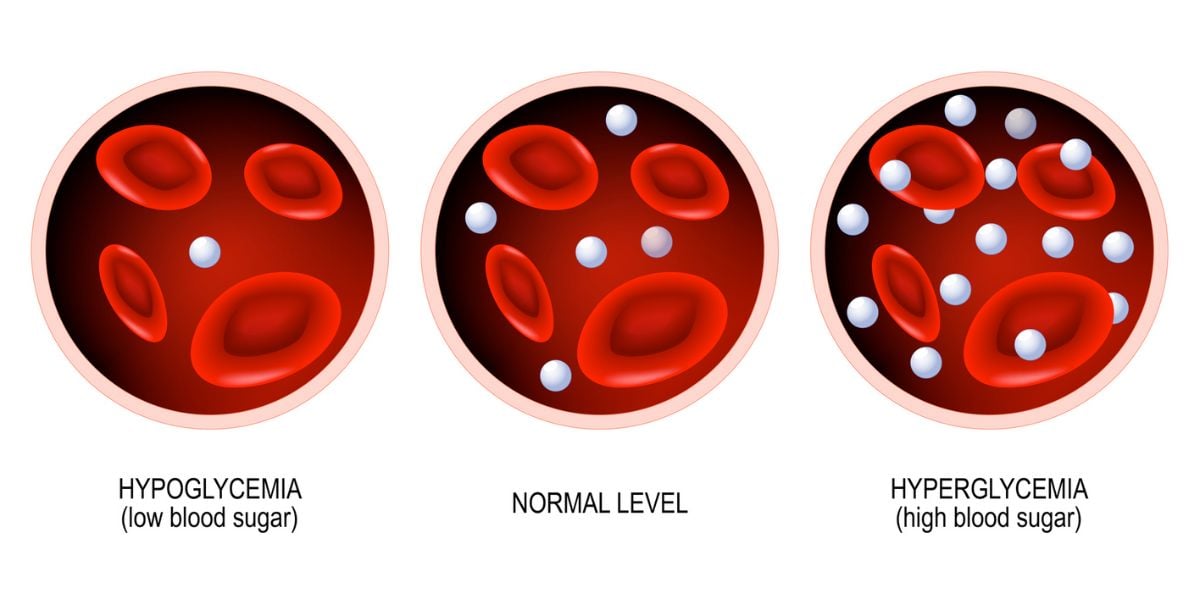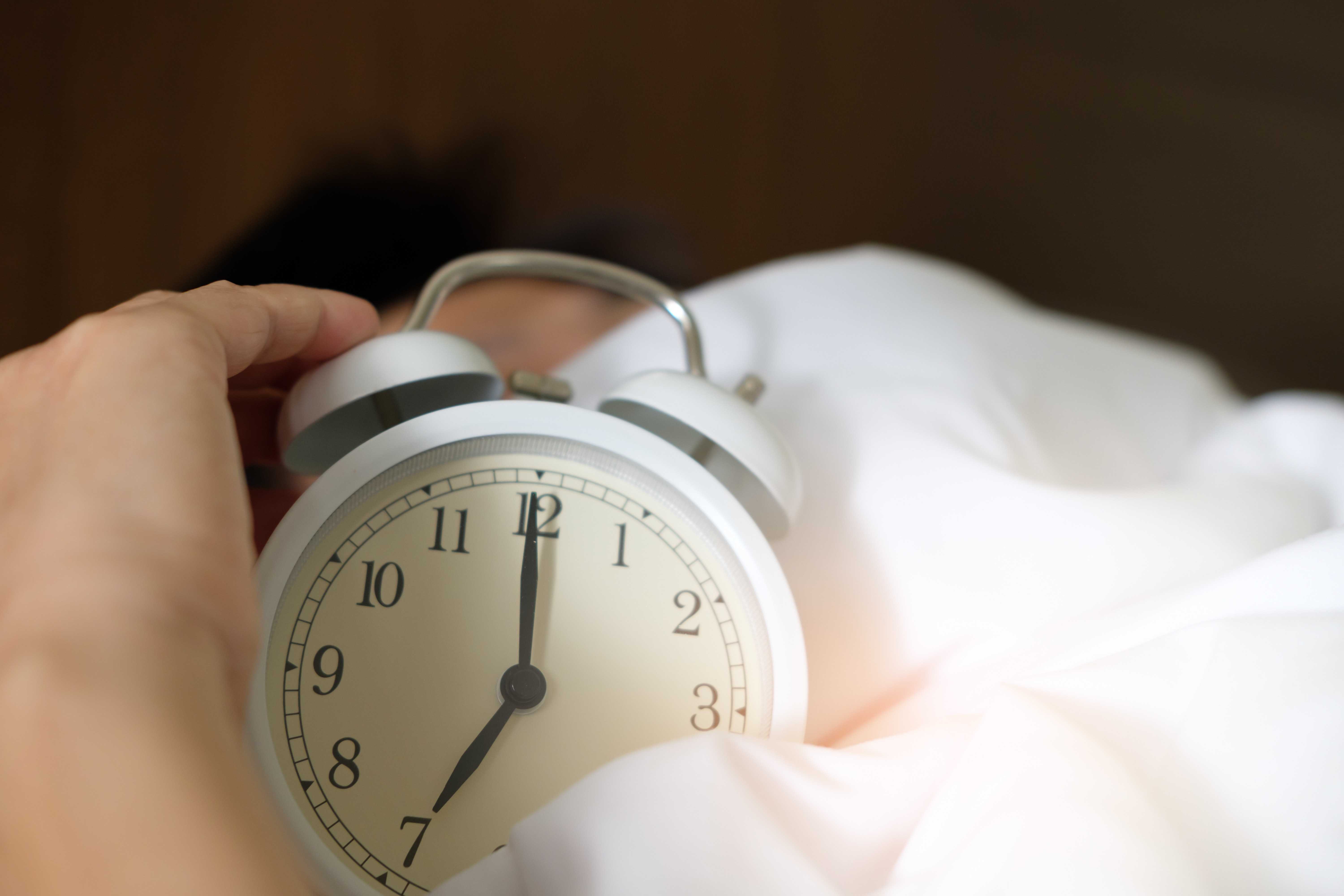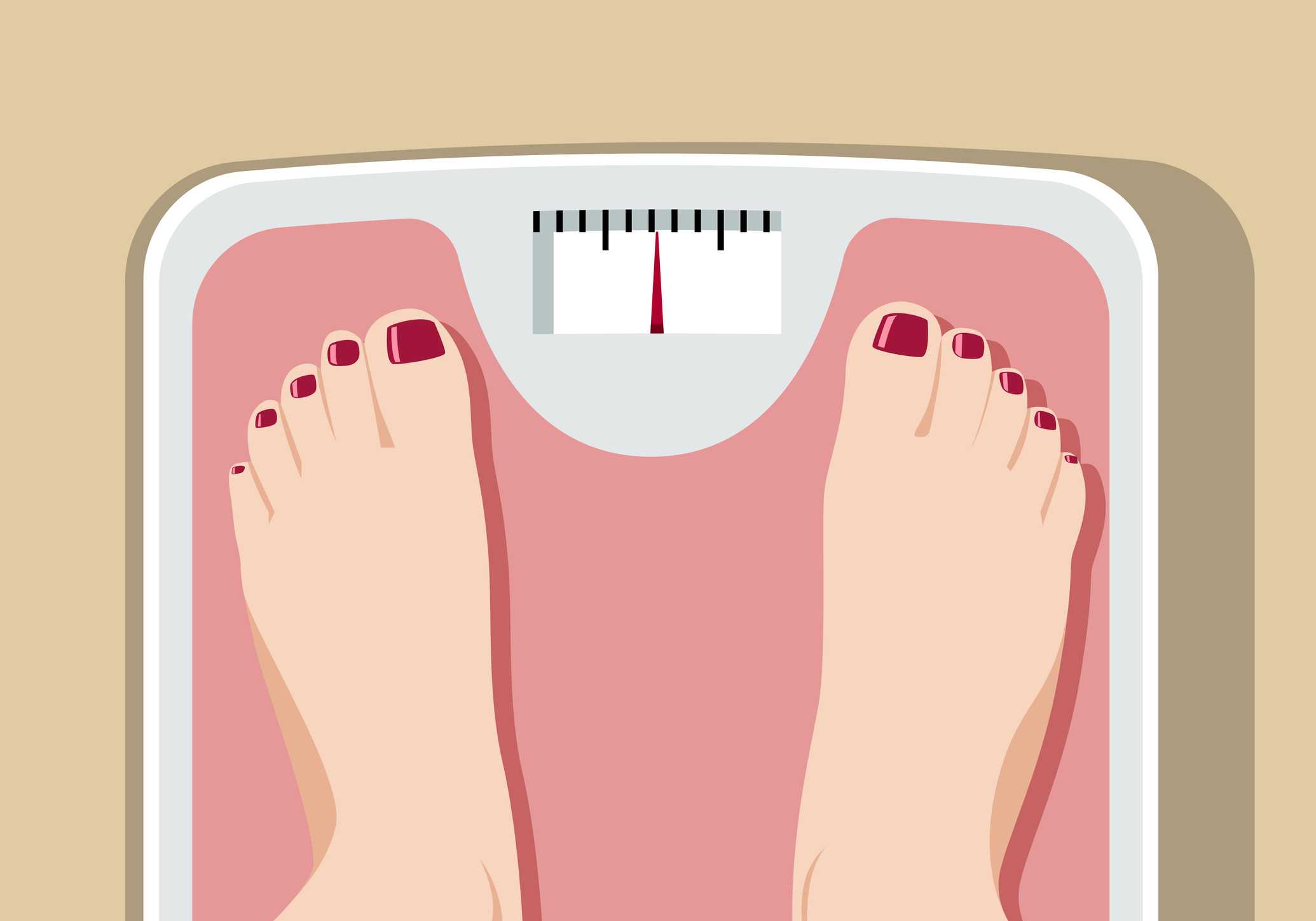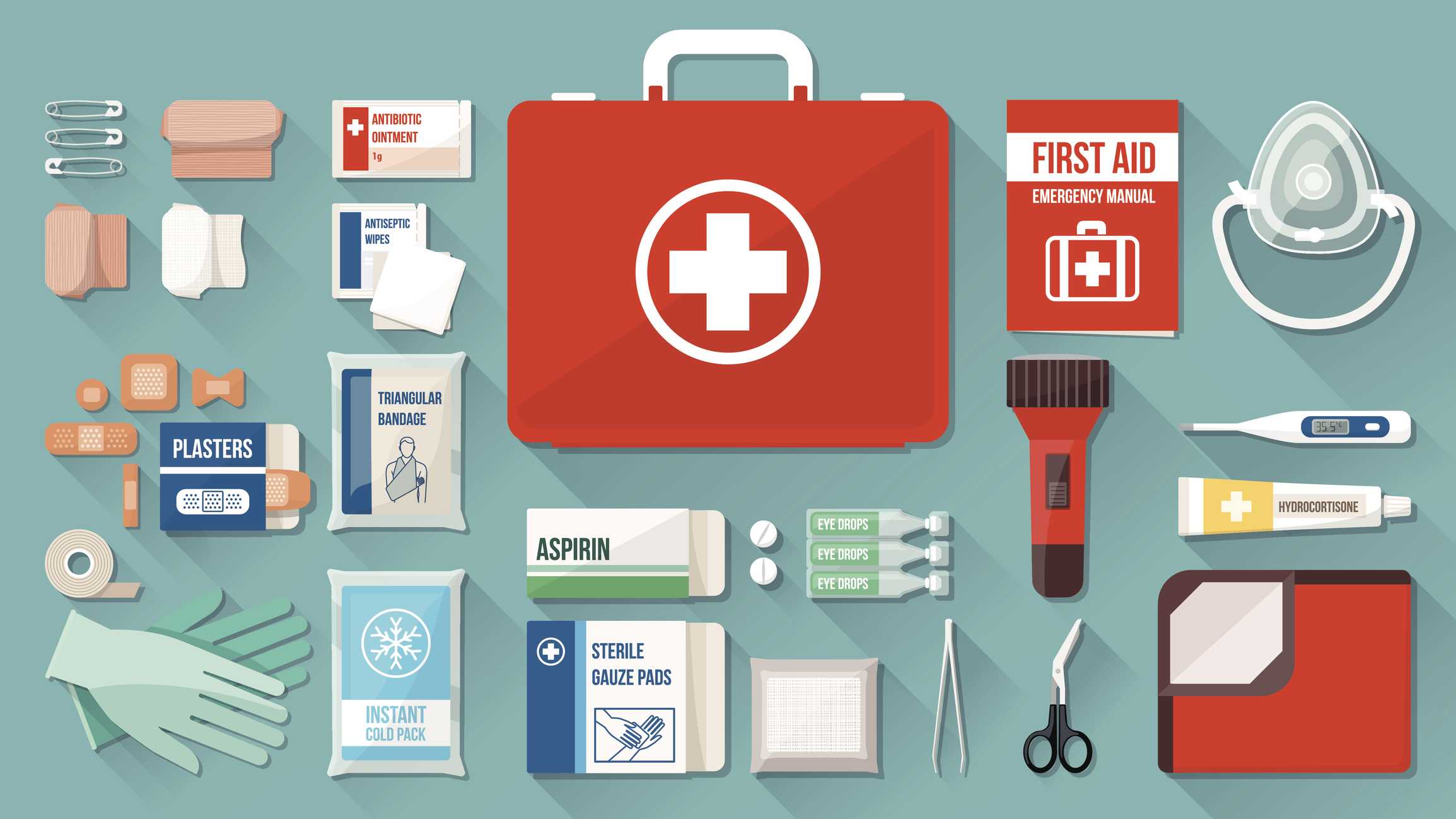Type 1 diabetes is different to its more common counterpart, type 2 diabetes
Whilst the major symptoms of diabetes are similar for type 1 and type 2, it is worth knowing the specific symptoms of type 1 diabetes as well as more general diabetes symptoms
- Also see: Type 1 diabetes
The 4Ts – symptoms of type 1 diabetes
Some of the most noticeable and most common symptoms of type 1 diabetes are:
- Excessive thirst
- Unusually high levels of urination
- Feeling tired all the time
- Loss of muscular bulk and unexplained weight loss
The main symptoms of type 1 diabetes are often referred to as the 4Ts of type 1 diabetes
Other symptoms which may accompany the above symptoms are:
- Itchiness around the penis or vagina
- Blurring of vision (caused by dryness of the eyes)
- Unexpected cramping
- Skin infections
Emergency diabetes symptoms
Seek urgent medical attention if diabetes symptoms combine with any of the following:
- A serious loss of appetite
- Nausea and vomiting
- A temperature
- Pains in the stomach
- A fruity, chemical smell on the breath (most often likened to pear drops or nail varnish)
The symptoms above could be a sign of diabetic ketoacidosis (DKA), a dangerous condition that can be life threatening if medical treatment is not provided immediately.
Around 1 in 4 people diagnosed with type 1 diabetes are suffering with ketoacidosis at the time of diagnosis. Recognising the 4 main symptoms of type 1 diabetes can help to get a diagnosis before ketoacidosis sets in.
- Read more on ketoacidosis
Common symptoms of diabetes
How long does it take to develop type 1 symptoms?
The symptoms of type 1 diabetes in children and young adults tend to develop quickly over a few weeks or few days.
Type 1 diabetes is a dangerous condition if it is left untreated for too long. It is therefore important to seek a diagnosis from your doctor if you or your child is showing the symptoms of type 1 diabetes.
Type 1 diabetes can develop at any age. Adults may develop a specific form of type 1 diabetes known as LADA (latent autoimmune diabetes of adulthood)
LADA tends to develop more slowly than type 1 diabetes in children and young adults and people with LADA may sometimes be misdiagnosed as having type 2 diabetes.
Can a blood glucose meter help to diagnose type 1 diabetes?
A blood glucose meter may be helpful in indicating whether you or a family member may have diabetes.
It is not essential to have a blood glucose meter but it may be considered useful in a family with a history of type 1 diabetes or autoimmune conditions.
A blood glucose result, taken over 2 hours after eating, of over 7.8 mmol/l could indicate a presence of diabetes.
If high results are being recorded 2 hours after eating for consecutive meals, contact your GP who will be able to carry out a diagnosis
It is important that devices used to draw blood from fingers are not shared to prevent the risk of blood borne illnesses.
- See our guide on how to do a home blood glucose test














